 您的购物车当前为空
您的购物车当前为空
Em 631-760 nm 红发射光荧光探针
- Lucifer Yellow CH dipotassiumT7845471206-95-6In houseLucifer Yellow CH dipotassium 是一种可水溶的荧光示踪剂,可标记细胞中的内吞噬泡。Lucifer Yellow CH dipotassium 激发和发射的最大波长分别为 430 nm 和 540 nm。
- ¥ 315
规格数量
- Cy5.5Sulfo-Cy5.5, Cyanine 5.5TD0091210892-23-2Cy5.5 (Cyanine 5.5) 是一种发近红外(NIR)荧光的花青素荧光染料,常应用于小动物活体体内成像。 Cy5.5可以用来标记蛋白,抗体,多肽,核酸分子,纳米粒等化合物。
- ¥ 653
规格数量 客户已引用
客户已引用 - Nile Red尼罗红, Phenoxazone 9, Nile Blue A oxazoneT190337385-67-3Nile Red (Nile Blue A oxazone) 是一种选择性疏水性荧光染料,针对细胞内脂质小滴和中性脂质。它在所有有机溶剂中均具有强烈的荧光性,其荧光颜色范围从金黄色到深红色。
- ¥ 259
规格数量 客户已引用
客户已引用 - Cyanine5 NHS ester chlorideCY5 琥珀酰亚胺酯氯化物T384321032678-42-4Cyanine5 NHS ester chloride 是一种具有红色荧光的活性染料,需要少量的有机共溶剂(如DMF 或DMSO)用于标记肽、蛋白质和寡核苷酸中的氨基。
- ¥ 653
规格数量 - Hydroxystilbamidine羟芪巴脒, Oxistilbamidinum, Bis(8-hydroxyquinolinium) sulphate, 2-Hydroxy-4,4'-diguanylstilbeneT9879495-99-8In houseHydroxystilbamidine ((E)-hydroxystilbamidine) 是一种能够结合 DNA 和 RNA 的染料, 也被发现是细胞核糖核酸酶的强效抑制剂。
- ¥ 1290
规格数量 - DiD perchlorateT15118127274-91-3DiD perchlorate 是一种远红色荧光亲脂性花青染料。它能快速稳定地与磷脂细胞膜结合,能用于细胞追踪。
- ¥ 237
规格数量 - Cy5-N3花菁染料5-叠氮, Sulfo-Cyanine5-azideT189421621101-43-6CY5-N3 (Sulfo-Cyanine5-azide) 是一种含有叠氮化物基团的花青素荧光染料。CY5-N3 用于细胞成像、组织成像和体内成像等。
- ¥ 1160
规格数量 - Sulfo-Cy5-TCO磺基-Cy5-TCOT810612129525-69-3Sulfo-Cy5-TCO是一种水溶性荧光染料和点击化学试剂,具有TCO基团而能够检测四嗪基团。
- ¥ 2780
规格数量 - Sulfo-Cy5.5Sulfo-Cyanine 5.5, 210892-23-2TD0087Sulfo-Cy5.5是一种近红外荧光染料 (Ex=673 nm, Em=707 nm),可用于标记生物分子,如肽,蛋白质和寡核苷酸[2]。
- ¥ 653
规格数量 - BODIPY 630/650XT82844380367-48-6BODIPY 630/650X是腺苷受体配体 N-乙基羧酰胺腺苷 (NECA) 的荧光标记偶联物,其激发和发射峰分别位于 630 nm和 650 nm,BODIPY 630/650是靶向腺苷受体活性与分布的荧光检测、成像的重要工具。
- ¥ 1980
规格数量 - DiSC3(5)3,3'-二丙基硫杂二羰花化物, 3,3'-Dipropylthiadicarbocyanine iodideT6762853213-94-8DiSC3(5)(3,3'-二丙基硫杂二羰花化物)是一种亲脂性的阳离子荧光探针,对膜电位变化敏感。3,3'-Dipropylthiadicarbocyanine iodide在超极化细胞膜中积累,导致荧光淬灭;当膜去极化时,染料从细胞中释放,荧光强度增强,用于实时监测线粒体膜电位变化及膜超极化,激发/发射波长最大为 622/670 nm。
- ¥ 135
规格数量 - CY5 triethylamine saltCY5 triethylamine salt(146368-11-8 Free base)T15025LCY5 triethylamine salt 是一种水溶性染料,激发光波长(nm):649,发射波长(nm):670。
- ¥ 639
规格数量 客户已引用
客户已引用 - CY5-SE triethylamine saltFluorolink Cy5 triethanolamine salt, Cy5-SE (triethylamine salt)T88361497420-70-8CY5-SE triethylamine salt (Fluorolink Cy5 triethanolamine salt) 是一种用于标记肽, 蛋白质, 寡核苷酸的氨基基团的反应染料 (Ex=649 nm; Em=670 nm)。
- ¥ 495
规格数量 - Cy 5 hydrazideLumiprobe CY 5 hydrazide, Cyanine5 hydrazide, Cy5 hydrazideT826611427705-31-4Cy 5 hydrazide (Cyanine5 hydrazide) 是一种花菁染料,是可用于标记醛和酮的活性颜料。
- ¥ 919
规格数量 - Cyanine5.5 amine(E)-6-O-Coumaroylscandoside methyl esterT861372097714-45-7Cyanine5.5 amine是一种氨基修饰的Cy5.5和近红外 (NIR) 荧光染料 ,Ex/Em=648/710 nm,具有荧光背景低的优点,可用于基团偶联和活体成像。
- ¥ 892
规格数量 - Cy5-DBCODBCO-Sulfo-Cy5T189481564286-24-3Cy5-DBCO是一种近红外的花菁类荧光染料 Cy5(Cyanine 5)衍生物,激发波长为650nm,发射波长为670nm。DBCO-Sulfo-Cy5含有 DBCO 基团,可以和含有 Azide 基团的分子发生SPAAC的点击化学反应。
- ¥ 2360
规格数量 - Alexa fluor 647 maleimide3H-Indolium, 2-[5-[1,3-dihydro-3,3-dimethyl-5-sulfo-1-(3-sulfopropyl)-2H-indol-2-ylidene]-1,3-pentadien-1-yl]-3-[5-[[2-(2,5-dihydro-2,5-dioxo-1H-pyrrol-1-yl)ethyl]amino]-5-oxopentyl]-3-methyl-5-sulfo-1-(3-sulfopropyl)-, inner saltT2058221825332-75-9Alexa fluor 647 maleimide 是一种水溶性荧光染料,能在广泛的生理条件下保持稳定。Alexa fluor 647 maleimide 可通过与巯基选择性反应,实现荧光基团与蛋白质的共价连接,从而实现高灵敏度与高特异性标记,即使在极低浓度下也能检测蛋白质。Alexa fluor 647 maleimide 被广泛应用于蛋白质表达和定位研究,并可与抗体偶联,用于细胞表面抗原或组织中特定蛋白的标记 [Ex/Em(nm) = 651/671]。
- ¥ 1300
规格数量 - Cyanine5 amine hydrochlorideT2058501807529-70-9Cyanine5 amine, hydrochloride能够通过铜催化的点击化学反应 (CuAAC) 与端炔基反应,亦可与羧基反应标记多糖。Ex/Em(nm)=646/662。
- ¥ 969
规格数量 - Hydroxystilbamidine bis(methanesulfonate)T19014223769-64-0Hydroxystilbamidine bis(methanesulfonate) is a dye capable of binding to both DNA and RNA. It also is a potent inhibitor of cellular ribonucleases.
- ¥ 4930
规格数量 - Trx-redTrx-red, NBL-SS perchlorateT399152368978-96-3Trx-red (NBL-SS perchlorate) is a red-emitting fluorescent probe derived from the nile blue fluorophore. It is specifically designed for imaging thioredoxin (Trx) in live cells and in vivo, with excitation and emission wavelengths of 615 nm and 661 nm, respectively.
- ¥ 8430
规格数量 - BODIPY 665/676T85875164106-16-5BODIPY 665/676 is a lipophilic, radical-sensitive fluorescent probe utilized to investigate radical-driven lipid autoxidation [1].
- ¥ 2480
规格数量 - 5-Cyano-2,3-di-(p-tolyl)tetrazolium chlorideCTCT8548390217-02-05-Cyano-2,3-di-(p-tolyl)tetrazolium chloride (CTC) 作为一种敏感的氧化还原反应红色荧光染料,主要应用于测定微生物的代谢活性。该化合物的最大发射波长达到 602 nm。
- ¥ 10600
规格数量










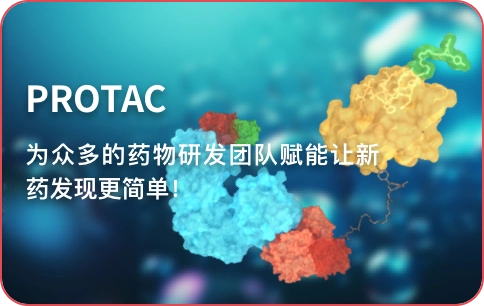







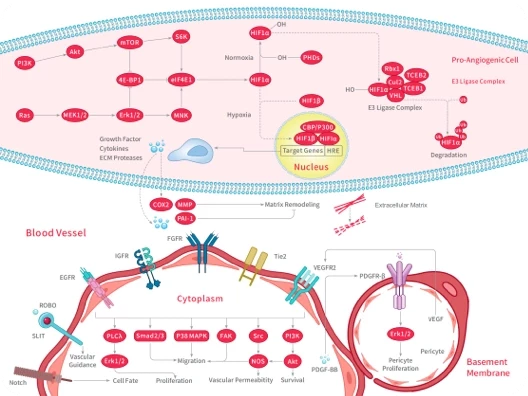
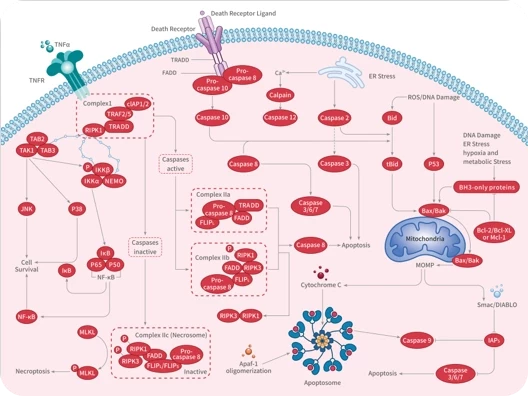
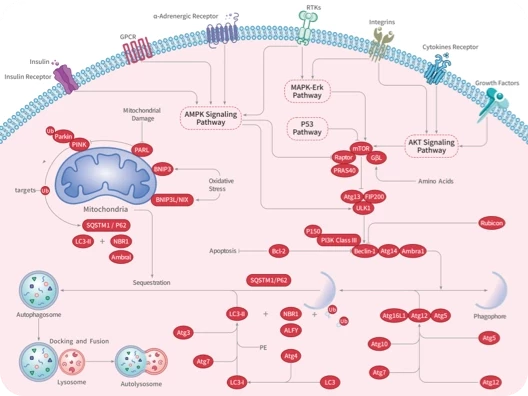

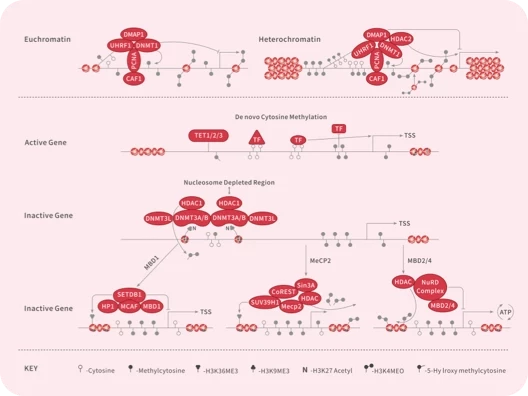
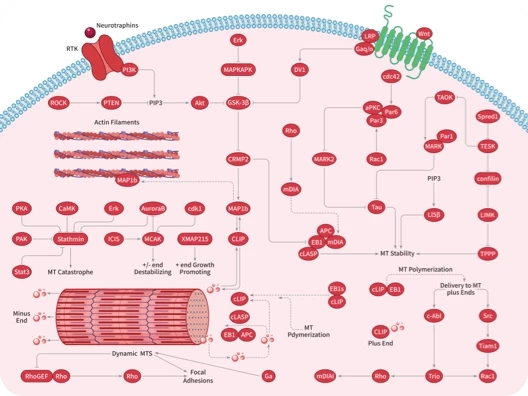
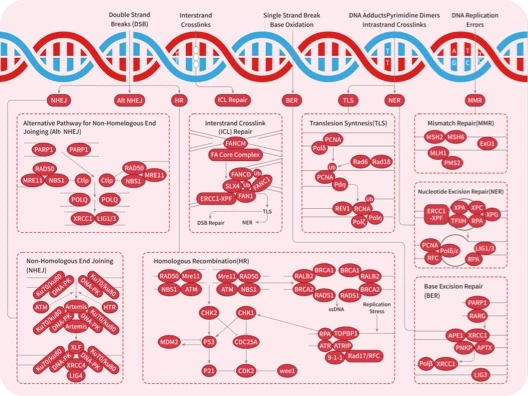
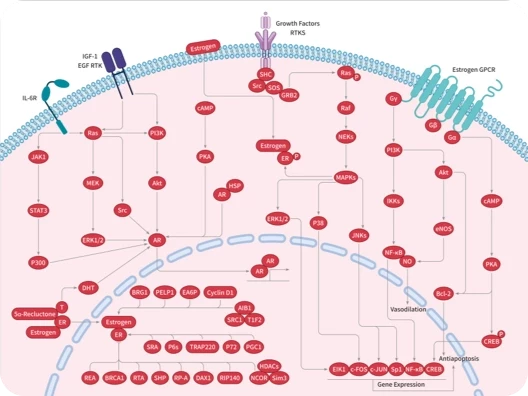
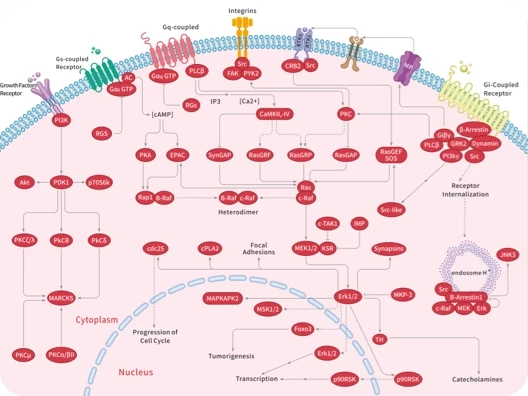
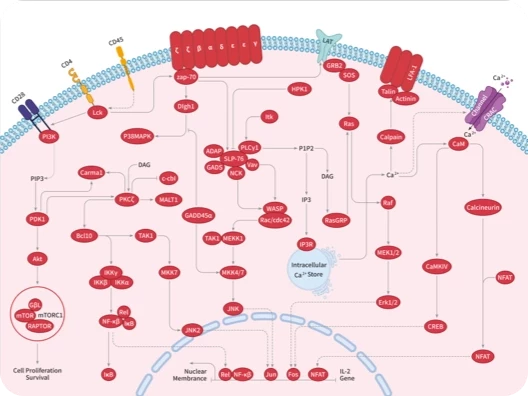
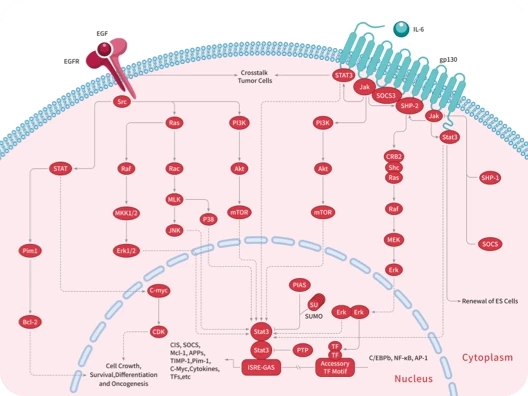
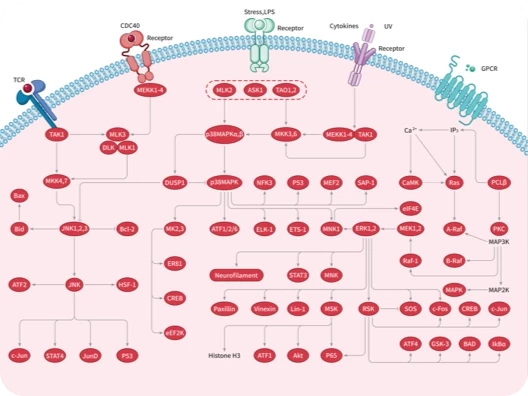
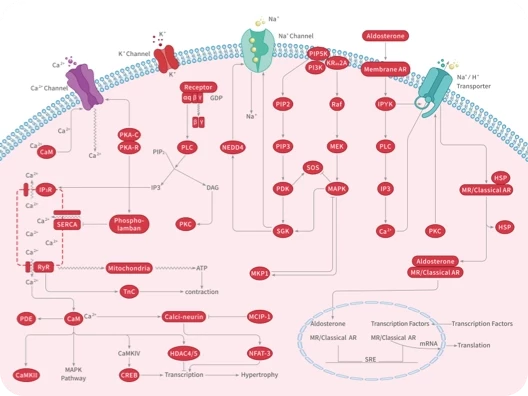
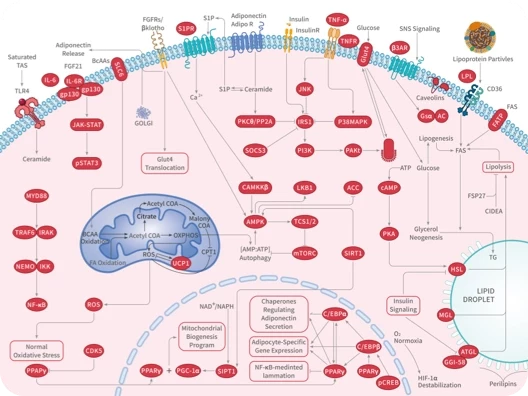
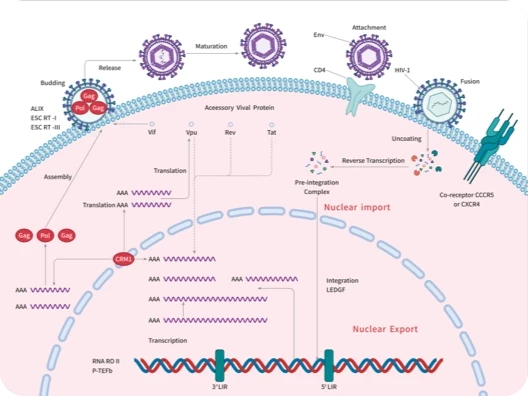


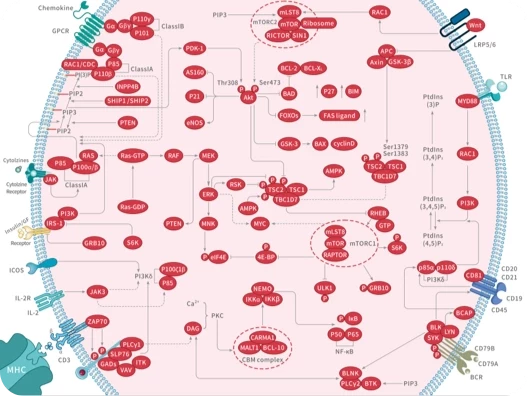
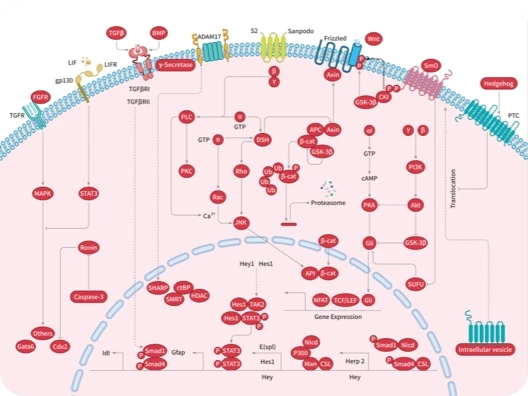

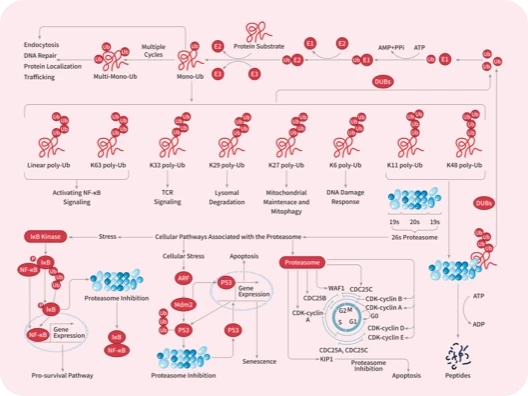

 |
|